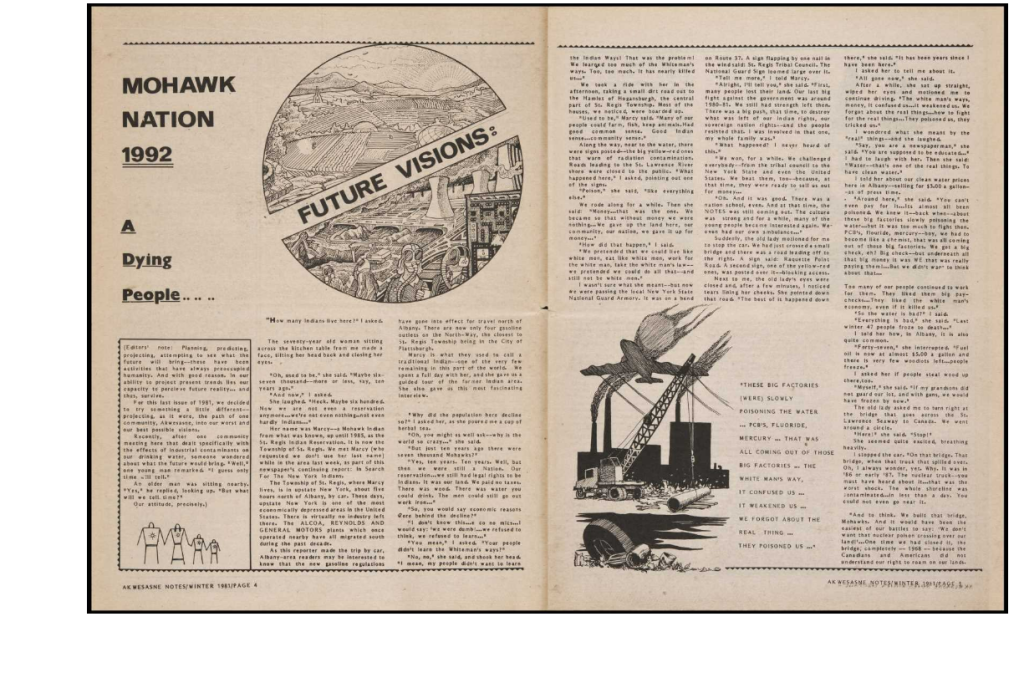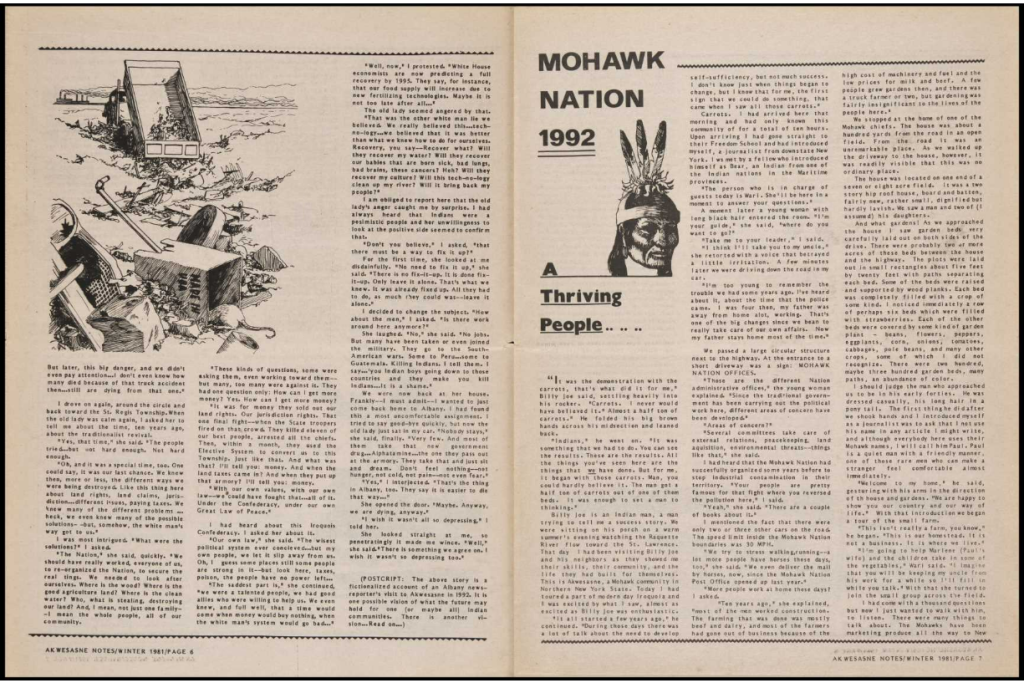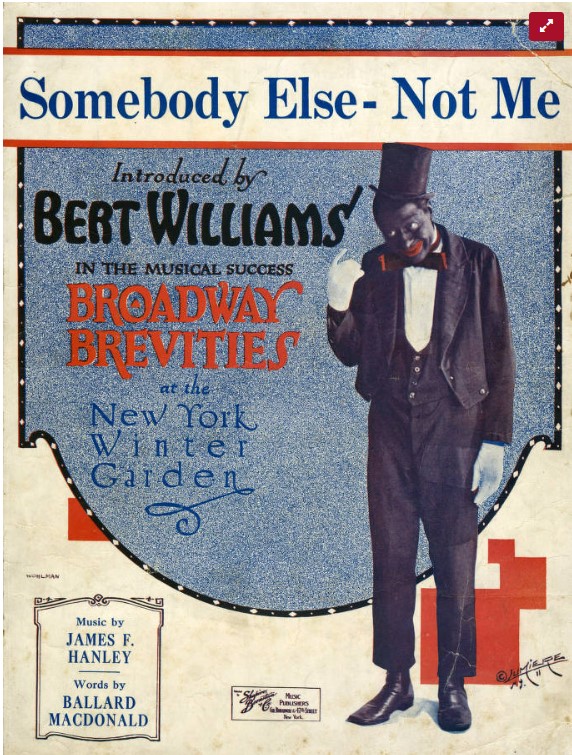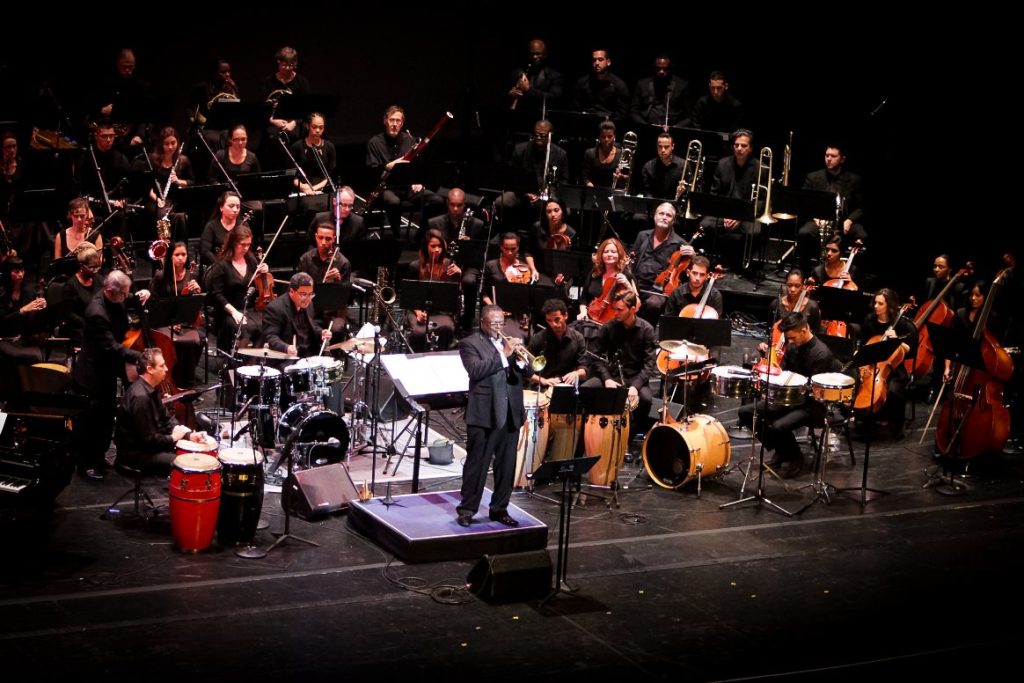As an extension to our semester group project on Historically Black College and University (HBCU) Marching Band, I’m going to explore and reflect on the topic of gender roles and implications in HBCU marching band traditions and visions going forth.
First emerging as a military tradition, the marching band experience can be closely associated with not just musical talents but also discipline, hard work, as well as conservative values such as traditional gender expectations and roles. And indeed when we think about a marching band performance on a football stadium, it’s not hard to picture groups of girls doing their dancing routines while their male counterparts doing heavy percussion and marching routines.
A YouTube video documenting the 2019 North Carolina A&T State University Marching Band routine.
As our society is gradually progressing from our learned gender dichotomy towards an intersectional lens to understand, respect and welcome non-binary and LGBTQ community into the different facets of social structures and system, more research and studies are starting to take an interest on the gendered structure of a marching band. However, even though interests have been taken into this matter, literature concerning such are focused on Predominantly White Institutions (PWI) and not so much for student experiences in HBCU.
“While professional educational literature concerning racial identity, sexual identity and sexual orientation of students have been emerging, the literature is widely from White, Euro-American perspectives and excludes the Black gay male experience.” (Carter, 27)
In a research done by Bruce Allen Carter, he revealed that all the four participants who all identified as black gay male shared the sentiment that there’s a constant state of anxiety surrounding their participation in HBCU marching band and that “there’s nothing better or nothing worse than being Black, gay and in the Marching band” (Carter, 37)
In a essay Reclaiming the Beat: The Sweet Subversive Sounds of HBCU Marching Bands written by Antron D. Mahoney, he also shed light on the experiences of non-binary communities in the marching band and pointed out an underground performance practice “J-setting” or “bucking” that is an outlet for self-expression and community building for many non-binary or LGBTQ black males. These underground practices, similar to what females partake on a regular basis in marching bands, are being criticized and ostracized as a transgressive art form. This documentary When the Beat Drops as referenced in Mahoney’s essay further elaborates on the experiences of non-cis black men as well as origins, significance and development of “J-setting” and “bucking” as a new fledging art form.
According to HBCU marching band scholar, Yulanda Essoka, she attributed the success and competitiveness of HBCU bands to their distinct style that integrates and meshes up different genres and styles of music and routines than their PWI counterparts.(Mahoney, 83) This is often celebrated as the pride of HBCU bands, an ode to musical experiences of blackness and diversity. Will we take the next step to embrace also queerness, gayness, intersectionality and celebrate their embodied pride and experiences through marching band?
As I continue to contemplate on this topic, I envision a more in-depth extension to our HBCU marching band mapping project to be focusing on mapping data of existing scholars’ findings and statistics of intersectional, LGBTQ participation and experiences at HBCUs as well as collaborating with HBCUs in further research, data collection, support and even reformation in the band culture for a more inclusive experience for the non-binary and LGBTQ community.
Sources:
Carter, Bruce Allen. “‘Nothing Better or Worse Than Being Black, Gay, and in the Band.’” Journal of Research in Music Education. 61, no. 1 (2013): 26–43. https://doi.org/10.1177/0022429412474470.
2019 HBCU HOMECOMING & BAND SHOWCASE | NC A&T State Takes Field Highlights. https://www.youtube.com/watch?v=vIX3AuqPKLs
Mahoney, Antron D. “Reclaiming the Beat: The Sweet Subversive Sounds of HBCU Marching Bands.” Southern Cultures 27, no. 4 (2021): 78–97. https://doi.org/10.1353/scu.2021.0059.
When the Beat Drops. https://www.youtube.com/watch?v=WxLY1Aydebo








